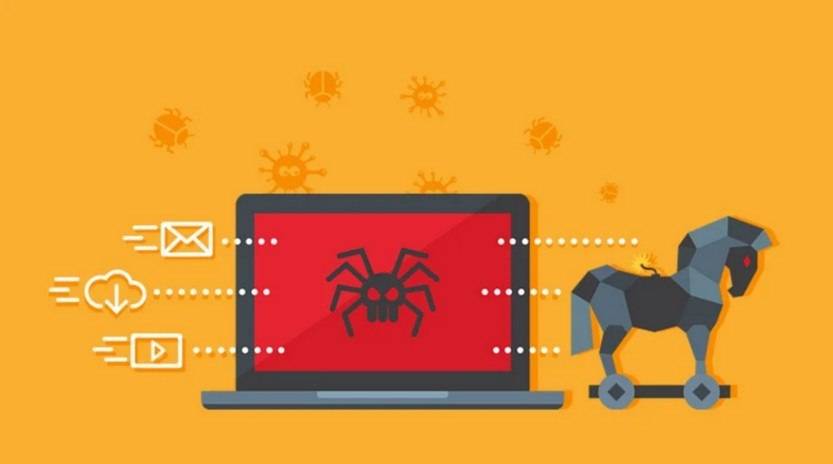Phishing scams have become increasingly prevalent in recent years, with cybercriminals constantly devising new tactics to trick unsuspecting individuals into revealing their personal information. One such scam that has gained traction is the ‘Strengthen The Security Of Your Mailbox Account’ phishing scam email. This article aims to provide a comprehensive overview of this scam, including what it is, how it works, what to do if you have fallen victim, and other relevant data.

What is the ‘Strengthen The Security Of Your Mailbox Account’ phishing scam email?
The ‘Strengthen The Security Of Your Mailbox Account’ phishing scam email is an attempt by cybercriminals to gain unauthorized access to individuals’ email accounts. The email typically appears to be sent from a reputable email service provider, such as Gmail or Yahoo, and claims that the recipient’s mailbox account is at risk of being compromised. The email urges the recipient to take immediate action to secure their account by clicking on a link provided in the email.
How does the scam work?
Once the recipient clicks on the link in the phishing email, they are directed to a fake login page that closely resembles the legitimate email service provider’s login page. The page prompts the user to enter their email address and password to proceed with the account security measures. Unbeknownst to the victim, their login credentials are captured by the cybercriminals behind the scam.
After obtaining the victim’s login credentials, the cybercriminals can gain unauthorized access to the victim’s email account. This gives them the ability to read, send, and delete emails, as well as access any personal or sensitive information stored within the account. The stolen information can then be used for various malicious purposes, such as identity theft, financial fraud, or further phishing attacks.
What to do if you have fallen victim?
Discovering that you have fallen victim to a phishing scam can be distressing, but it is important to take immediate action to minimize the potential damage. Here are the steps you should follow if you have fallen victim to the ‘Strengthen The Security Of Your Mailbox Account’ phishing scam:
- Change your email account password: As soon as you realize you have been scammed, change your email account password immediately. This will help prevent further unauthorized access to your account.
- Scan your device for malware: It is possible that the phishing email contained malware that could compromise your device’s security. Run a scan with a reliable antivirus software, such as Malwarebytes Free, to detect and remove any potential threats.
- Enable two-factor authentication: Enable two-factor authentication for your email account if it is available. This adds an extra layer of security by requiring a verification code in addition to your password when logging in.
- Monitor your accounts: Keep a close eye on your email account and other online accounts for any suspicious activity. Report any unauthorized transactions or changes immediately to the respective service providers.
- Be cautious of future emails: Exercise caution when receiving emails, especially those requesting personal information or urging immediate action. Verify the legitimacy of the email by contacting the service provider directly or visiting their official website.
Other relevant data
Phishing scams, including the ‘Strengthen The Security Of Your Mailbox Account’ scam, continue to evolve and adapt to bypass security measures. It is crucial to stay informed about the latest phishing techniques and take proactive steps to protect yourself online. Here are some additional tips to enhance your online security:
- Regularly update your software and operating system to ensure you have the latest security patches.
- Use strong, unique passwords for each of your online accounts and consider using a password manager to securely store them.
- Be wary of suspicious links and attachments in emails, even if they appear to be from someone you know. Verify the source before clicking on any links or downloading any files.
- Educate yourself and your family members about phishing scams and how to recognize them. Awareness is key in preventing falling victim to such scams.
Summary
The ‘Strengthen The Security Of Your Mailbox Account’ phishing scam email is a deceptive tactic used by cybercriminals to gain unauthorized access to individuals’ email accounts. By tricking victims into revealing their login credentials, the scammers can compromise the victims’ accounts and potentially use the stolen information for malicious purposes. If you have fallen victim to this scam, it is crucial to take immediate action by changing your password, scanning for malware, enabling two-factor authentication, and monitoring your accounts for any suspicious activity. Additionally, staying informed about the latest phishing techniques and implementing proactive security measures can help protect yourself online.










